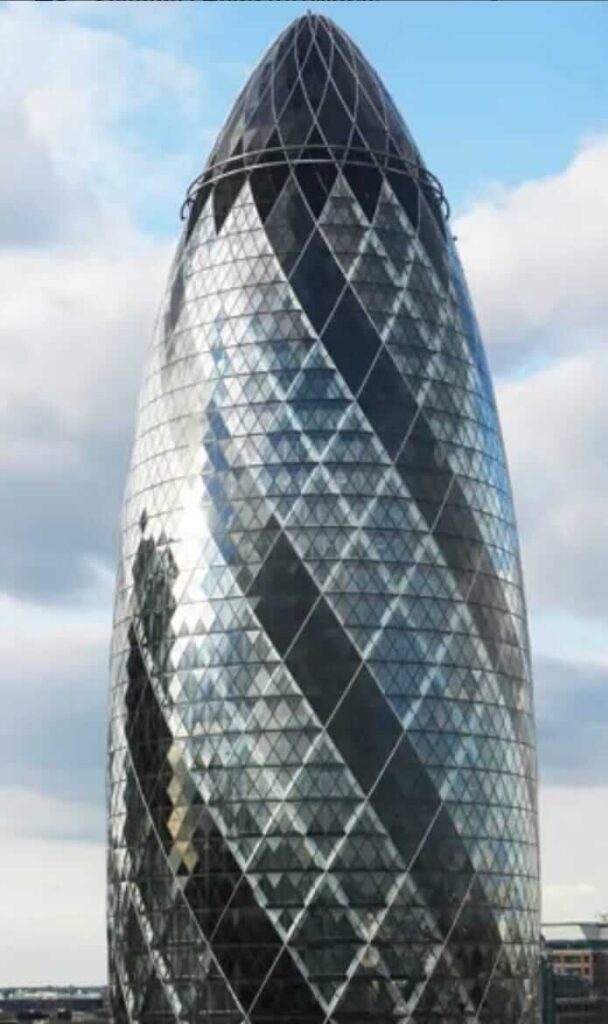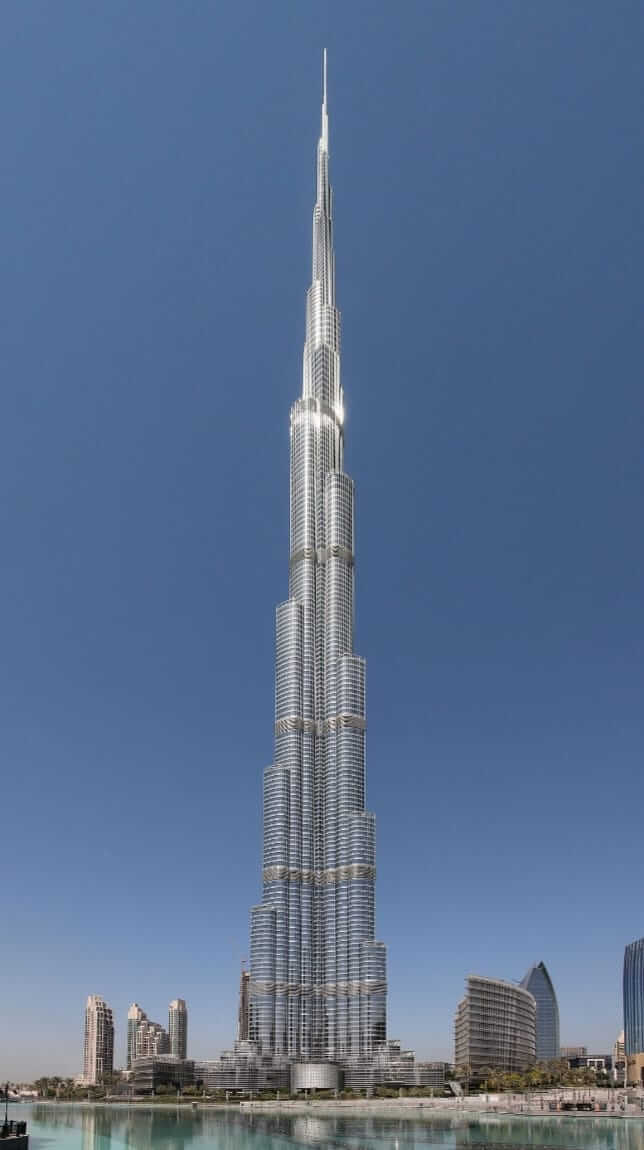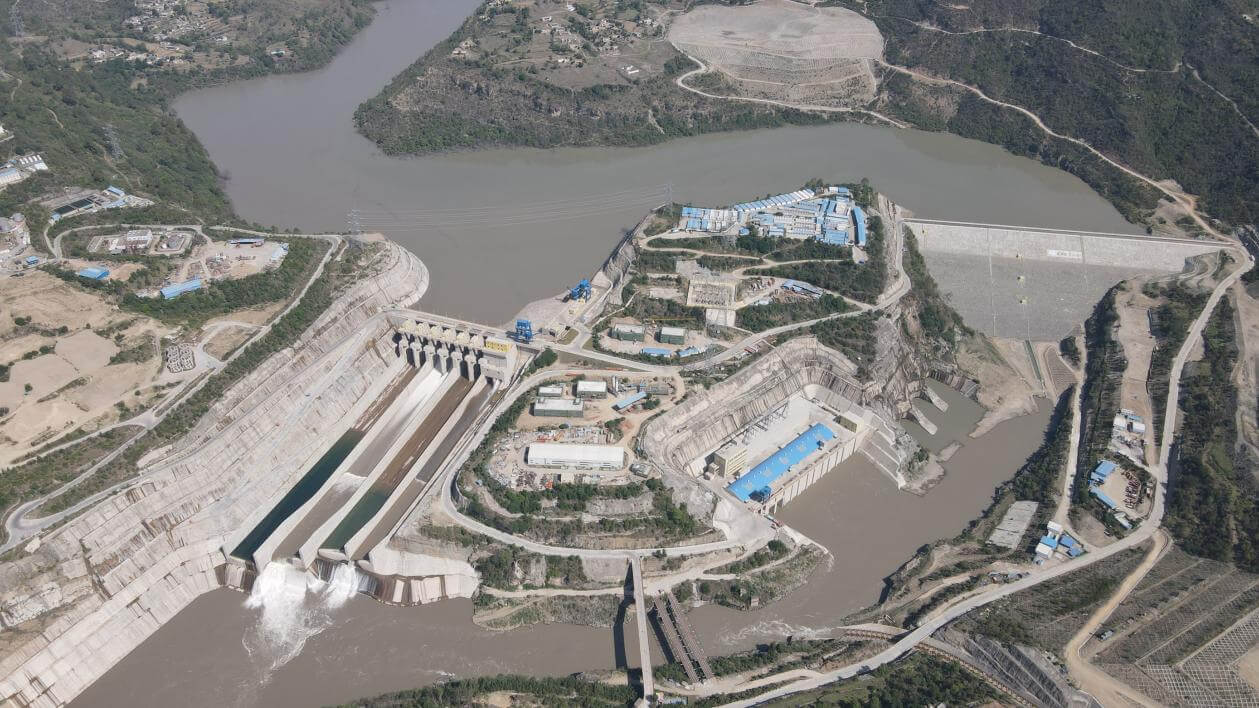Significance of Futuristic Architecture
Pak Chronicle Web Desk
The futuristic architecture is a design movement that focuses on exploring new and innovative ways to design buildings that meet the demands of an ever-changing world. This type of architecture is inspired by technology, science fiction, and futuristic concepts. Futuristic architecture has the potential to change the way we live, work, and interact with our surroundings. In this article, we will explore the concept of futuristic architecture and how it has the potential to revolutionize the way we build and design structures.
Futuristic architecture is all about creating structures that are not only aesthetically pleasing but also functional, sustainable, and efficient. Architects who specialize in this type of design often incorporate new materials and technologies that enable them to push the boundaries of what is possible in architecture. These designs often incorporate complex geometries, advanced computer simulations, and cutting-edge building materials to create structures that are not only beautiful but also sustainable and efficient.
One of the defining features of futuristic architecture is the use of sustainable materials and construction techniques. Many architects are now exploring new materials that are not only environmentally friendly but also strong and durable. These materials include bamboo, recycled steel, and even biodegradable plastics. The use of these materials not only reduces the environmental impact of building construction but also provides a more sustainable and affordable solution to building design.
Another feature of futuristic architecture is the use of smart technology. Smart buildings incorporate advanced technology that allows them to operate more efficiently and effectively. For example, smart buildings can regulate temperature and lighting automatically, reducing energy consumption and improving comfort for the occupants. They can also incorporate advanced security systems, intelligent building management systems, and even advanced AI systems that can monitor and manage building operations in real-time.
One of the most exciting aspects of futuristic architecture is the potential to create buildings that are not only functional but also aesthetically stunning. Many architects are now exploring new ways to create buildings that are visually striking and unique. This often involves the use of complex geometries, unconventional materials, and innovative building techniques.
Futuristic architecture also has the potential to revolutionize the way we live and work. For example, some architects are exploring the idea of creating entire cities that are self-sustaining and environmentally friendly. These cities would incorporate advanced transportation systems, smart buildings, and renewable energy sources to create a sustainable and efficient urban environment.
In conclusion, futuristic architecture is an exciting and rapidly evolving design movement that has the potential to change the way we build and design structures. By incorporating new materials, advanced technologies, and innovative building techniques, architects can create buildings that are not only aesthetically pleasing but also sustainable, efficient, and functional. Whether it’s designing smart buildings or creating entire self-sustaining cities, futuristic architecture has the potential to revolutionize the way we live, work, and interact with our surroundings.
Examples of Futuristic Architecture
The Shard, London: The Shard is a 95-story skyscraper in London, designed by architect Renzo Piano. It is the tallest building in the United Kingdom and features a futuristic glass exterior that reflects the sky and surrounding buildings.
The Dancing House, Prague: The Dancing House is a unique building in Prague designed by architects Frank Gehry and Vlado Milunic. It features curved lines and a twisting shape that gives the impression of a couple dancing.
Burj Khalifa, Dubai: The Burj Khalifa is the tallest building in the world, standing at 828 meters tall. Designed by architect Adrian Smith, it features a sleek and futuristic design that reflects the skyline of Dubai.
Heydar Aliyev Center, Baku: The Heydar Aliyev Center is a cultural center in Baku, Azerbaijan, designed by architect Zaha Hadid. It features a futuristic, flowing design that creates a sense of movement and fluidity.
The Museum of the Future, Dubai: The Museum of the Future is a unique building in Dubai that is dedicated to showcasing the latest technological innovations and advancements. Its futuristic design features a metallic exterior and a shape that resembles a futuristic spaceship.
The National Museum of Qatar, Doha: Designed by architect Jean Nouvel, the National Museum of Qatar is a modern marvel that celebrates the rich history and culture of Qatar. Its futuristic design features a unique, interlocking series of discs that create a stunning visual effect.
The Absolute World Towers, Canada: Located in Mississauga, Ontario, the Absolute World Towers are a pair of residential towers designed by architects Yansong Ma and Madam Fu. Their unique, twisting design creates a sense of movement and dynamism, making them a true architectural masterpiece.
The Galaxy Soho, Beijing: Designed by architect Zaha Hadid, the Galaxy Soho is a stunning mixed-use complex that features a futuristic design inspired by the fluid forms of natural landscapes. Its curved lines and striking façade make it a true work of art.
Bosco Verticale, Milan: Bosco Verticale, or “Vertical Forest,” is a pair of residential towers in Milan, designed by architect Stefano Boeri. Their unique design features trees and plants integrated into the façade, creating a stunning green oasis in the heart of the city.

: Designed by architect Zaha Hadid, the Guangzhou Opera House is a stunning building that features a futuristic, flowing design that resembles a river or a natural landscape. Its unique shape and sweeping curves make it a true masterpiece of modern architecture.
Ends



